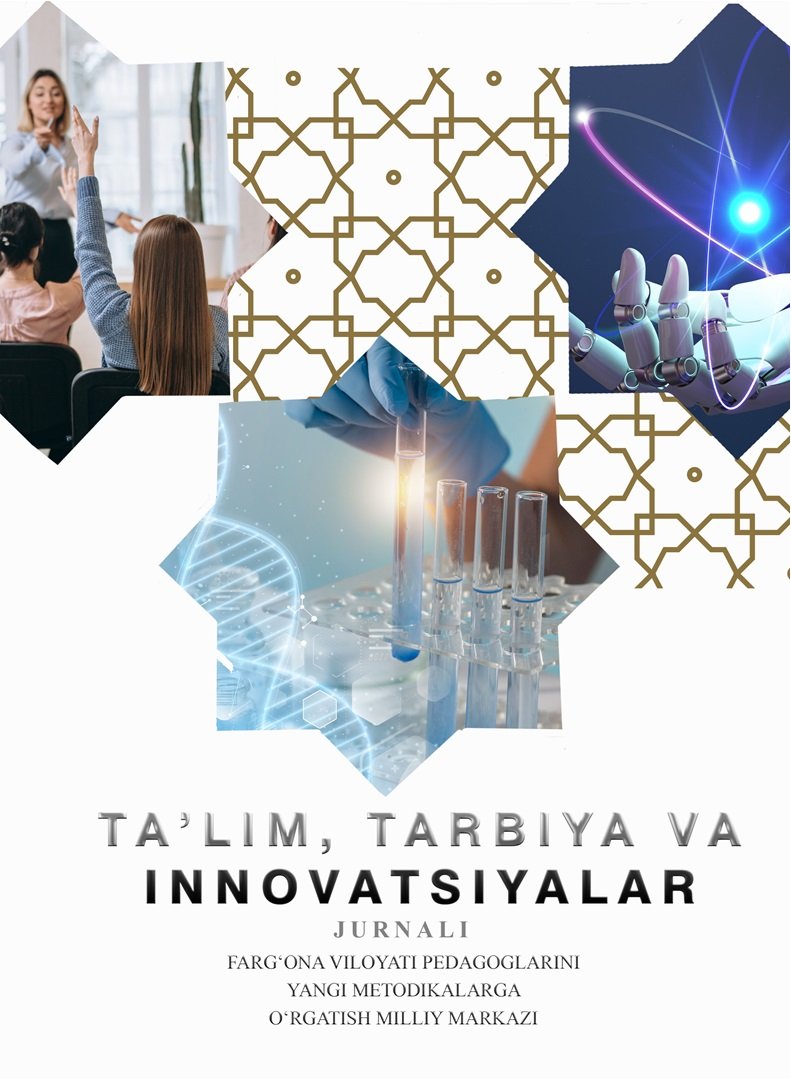Abstract
This article investigates the deep interplay between storytelling and identity formation, drawing on interdisciplinary perspectives from psychology, narrative theory, sociology, and cultural studies. We posit that storytelling is not merely a vehicle for communicating experiences but an active agent in the constitutive process of identity. Through a mixed-methods design combining narrative interviews (n = 120) and quantitative coding of narrative themes, we find that coherence, agency, redemption, and complexity in individuals’ stories explain up to 35 % of variance in self-concept clarity and correlate with measures of well-being (r = .42 to .57, p < .001). Longitudinal follow-up at 12 and 24 months (n = 85) shows that shifts in narrative coherence predict subsequent shifts in identity integration (β = .28, p = .003). We further show moderation by cultural embeddedness: narrative identity effects are stronger in collectivist cultural settings (effect size d = 0.48) than in individualist ones (d = 0.31). These results underscore storytelling’s power in not only reflecting but actively shaping identity trajectories. The article concludes by discussing implications for identity theory, therapeutic practice, and future directions in narrative research.
References
1. McAdams, D. P. — “Narrative Identity”
2. “Narrative Identity Self-Evaluation” development article
3. The “First we invented stories, then they changed us” integrative discussion
4. “Research Methods for Studying Narrative Identity: A Primer” by Pals & Lilgendahl
5. Baerger & McAdams (1999), “Life Story Coherence and Psychological Well-Being”
6. Baqoyev, Navrozjon (2023). O‘ZBEK TILIDAGI “QO‘L” SO‘ZI VA U QATNASHGAN IBORALAR SEMANTIKASI. Oriental renaissance: Innovative, educational, natural and social sciences, 3 (2), 414-417.
7. Bakoev, N., & Abdumutalova, M. (2023). YAPON TILIDAGI KANSAI SHEVASI VA O‘ZIGA XOSLIGI. Interpretation and researches, 1(17).
8. Bakoev, N., & Yuldasheva, S. (2023). YAPONIYA TA’LIM TIZIMI. Interpretation and researches, 1(17).
9. Bakoev, N., & Ravshanov, S. (2023). YAPON TILIDAGI IYEROGLIFLAR. Educational Research in Universal Sciences, 2(16), 84-87.
10. Bakoev, N., & Sheraliyeva, F. (2023). YAPONIYA TURIZM SOHASI VA RIVOJLANISHI. Interpretation and researches, 1(18).
11. Bakoev , N. (2024). ONE OF MODERN LANGUAGE TEACHING METHODS IS TASK-BASED LANGUAGE TEACHING (TBLT) DISADVANTAGES AND ITS SOLUTIONS. Educational Research in Universal Sciences, 3(4 SPECIAL), 53–57. Retrieved from
12. Шарофиддинов, М. М. (2016). Из истории железной дороги Бухары. Молодой ученый, (9), 962-964.
13. Voxobjonovna, X. S., & Abduraxmonovna, X. D. Formation of Skills of Artistic Creativity in Preschool Children. International Journal on Integrated Education, 3(12), 484-486.
14. Saida, X. (2024, June). HISTORICAL ROOTS OF DEVELOPING STUDENTS'CREATIVE THINKING SKILLS. In International Scientific and Current Research Conferences (pp. 127-128).
15. Xolmatova, S. V. (2024). TALABALARNI KREATIV FIKRLASH KO ‘NIKMALARINI RIVOJLANTIRISHNING PEDAGOGIK JARAYONI. Inter education & global study, (5 (1)), 426-430.
16. Navro‘zjon, B. (2024). Yapon va o ‘zbek adabiyotidagi mifologik obrazlar. Journal of scientific research, modern views and innovations, 1(2), 319-323.
